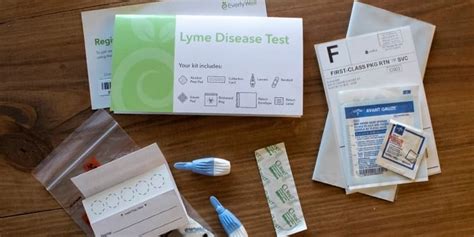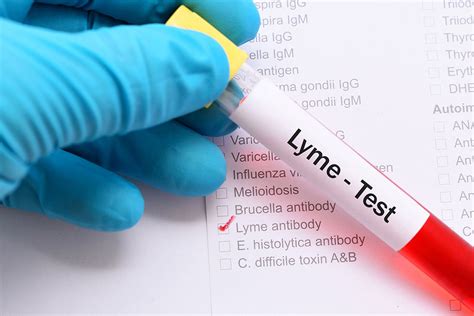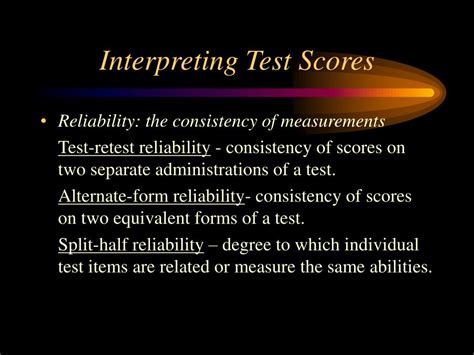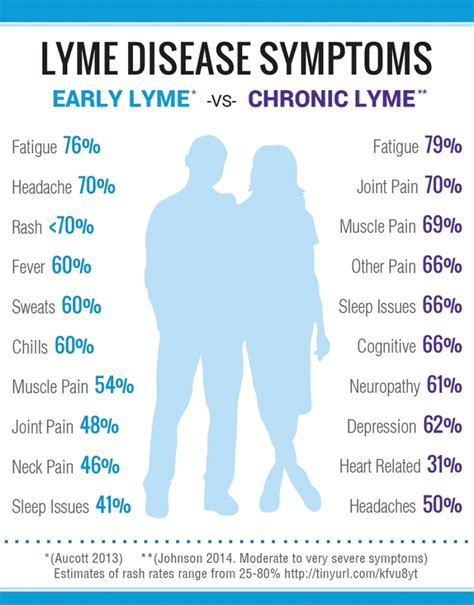Intro
Discover the accuracy of Lyme disease blood tests, including ELISA and Western blot, to diagnose Lyme infection, tick-borne illness, and borreliosis symptoms.
Lyme disease is a bacterial infection caused by Borrelia burgdorferi, which is transmitted to humans through the bite of an infected tick. The disease can cause a range of symptoms, including fever, headache, and a distinctive rash, and if left untreated, can lead to more serious complications, such as arthritis and neurological problems. Diagnosing Lyme disease can be challenging, and blood tests play a crucial role in confirming the presence of the infection. However, the accuracy of Lyme disease blood tests is a topic of ongoing debate, and understanding the limitations of these tests is essential for healthcare providers and patients alike.
The diagnosis of Lyme disease is typically based on a combination of clinical symptoms, medical history, and laboratory test results. The most commonly used blood tests for Lyme disease are the enzyme-linked immunosorbent assay (ELISA) and the Western blot test. The ELISA test detects the presence of antibodies against B. burgdorferi in the blood, while the Western blot test identifies specific proteins produced by the bacteria. While these tests can be useful in diagnosing Lyme disease, they are not without limitations. For example, the ELISA test can produce false-positive results, and the Western blot test can be difficult to interpret.
The accuracy of Lyme disease blood tests is influenced by several factors, including the stage of the disease, the type of test used, and the quality of the laboratory performing the test. In general, blood tests are more accurate in detecting Lyme disease in its later stages, when the infection has had time to produce a significant immune response. However, in the early stages of the disease, blood tests may not be as reliable, and a negative test result does not necessarily rule out the presence of the infection. Additionally, the quality of the laboratory performing the test can impact the accuracy of the results, and healthcare providers should be aware of the limitations of the tests they use.
Lyme Disease Blood Test Types

ELISA Test
The ELISA test is a widely used test for detecting Lyme disease, but it has several limitations. The test can produce false-positive results, particularly in individuals who have been vaccinated against Lyme disease or who have other infections. Additionally, the test may not be as sensitive in the early stages of the disease, when the immune response is still developing. However, the ELISA test is relatively inexpensive and widely available, making it a useful screening tool for healthcare providers.Western Blot Test
The Western blot test is a more specific test than the ELISA test, but it can be difficult to interpret. The test identifies specific proteins produced by B. burgdorferi, and the results are typically reported as a series of bands on a gel. However, the test can be subjective, and the results may vary depending on the laboratory performing the test. Additionally, the Western blot test may not be as sensitive as other tests, particularly in the early stages of the disease.Lyme Disease Blood Test Accuracy Rates

According to the Centers for Disease Control and Prevention (CDC), the accuracy of Lyme disease blood tests is as follows:
- ELISA test: 70-80% sensitive and 95-98% specific
- Western blot test: 80-90% sensitive and 95-98% specific
- PCR test: 50-70% sensitive and 95-98% specific
It is essential to note that these accuracy rates are based on averages and may vary depending on the laboratory performing the test and the specific test used.
Factors Affecting Test Accuracy
Several factors can affect the accuracy of Lyme disease blood tests, including: * Stage of the disease: Blood tests are more accurate in detecting Lyme disease in its later stages. * Type of test used: Different tests have different accuracy rates, and some tests may be more sensitive or specific than others. * Quality of the laboratory: The quality of the laboratory performing the test can impact the accuracy of the results. * Presence of other infections: Other infections, such as mononucleosis or rheumatoid arthritis, can affect the accuracy of Lyme disease blood tests.Interpreting Test Results

Here are some tips for interpreting test results:
- Consider the stage of the disease: Blood tests are more accurate in detecting Lyme disease in its later stages.
- Evaluate the patient's clinical symptoms: The patient's symptoms, such as fever, headache, and rash, should be considered when evaluating the test results.
- Consider other test results: Other test results, such as a PCR test or a Western blot test, may be useful in confirming the diagnosis.
- Consult with a specialist: If the test results are unclear or if the patient's symptoms are persistent, consult with a specialist, such as an infectious disease specialist or a rheumatologist.
Common Misconceptions
There are several common misconceptions about Lyme disease blood tests, including: * A negative test result rules out the presence of the infection: A negative test result does not necessarily rule out the presence of Lyme disease, particularly in the early stages of the disease. * A positive test result confirms the presence of the infection: A positive test result does not necessarily confirm the presence of Lyme disease, and the results should be considered in conjunction with the patient's clinical symptoms and medical history. * Blood tests are 100% accurate: Blood tests are not 100% accurate, and the accuracy rates vary depending on the test used and the stage of the disease.Lyme Disease Diagnosis and Treatment

Here are some tips for diagnosing and treating Lyme disease:
- Consider the patient's clinical symptoms: The patient's symptoms, such as fever, headache, and rash, should be considered when evaluating the diagnosis.
- Evaluate the patient's medical history: The patient's medical history, including any previous tick bites or exposure to ticks, should be considered when evaluating the diagnosis.
- Consider laboratory test results: Laboratory test results, such as a positive ELISA test or Western blot test, should be considered when evaluating the diagnosis.
- Consult with a specialist: If the diagnosis is unclear or if the patient's symptoms are persistent, consult with a specialist, such as an infectious disease specialist or a rheumatologist.
Treatment Options
The treatment of Lyme disease typically involves antibiotics, such as doxycycline or amoxicillin, and the specific treatment depends on the stage of the disease and the patient's symptoms. In general, antibiotics are effective in treating Lyme disease, particularly in the early stages of the disease. However, in some cases, the infection may persist, and additional treatment may be necessary.Here are some common treatment options for Lyme disease:
- Doxycycline: Doxycycline is a commonly used antibiotic for treating Lyme disease, particularly in the early stages of the disease.
- Amoxicillin: Amoxicillin is another commonly used antibiotic for treating Lyme disease, particularly in children and pregnant women.
- Ceftriaxone: Ceftriaxone is a cephalosporin antibiotic that is commonly used to treat Lyme disease, particularly in patients with neurological symptoms.
Prevention and Control

Public Health Measures
Public health measures, such as surveillance and education, are essential for preventing and controlling Lyme disease. Here are some public health measures that can help prevent and control Lyme disease: * Surveillance: Surveillance is essential for monitoring the spread of Lyme disease and identifying areas where the disease is common. * Education: Education is essential for preventing and controlling Lyme disease, and individuals should be aware of the risks and symptoms of the disease. * Tick control: Tick control, such as using insecticides or removing tick habitats, can help prevent the transmission of Lyme disease.What is the most accurate test for Lyme disease?
+The most accurate test for Lyme disease is the Western blot test, which is more specific than the ELISA test. However, the accuracy of the test depends on the stage of the disease and the quality of the laboratory performing the test.
Can you have a negative test result and still have Lyme disease?
+How long does it take to get test results?
+The time it takes to get test results varies depending on the laboratory and the type of test. In general, ELISA test results are available within a few days, while Western blot test results may take several days or weeks to become available.
Can you prevent Lyme disease?
+What are the symptoms of Lyme disease?
+The symptoms of Lyme disease include fever, headache, and a distinctive rash, as well as joint pain and neurological symptoms in later stages of the disease. The symptoms can vary depending on the stage of the disease and the individual's overall health.
In summary, Lyme disease blood tests are an essential tool for diagnosing and treating Lyme disease, but the accuracy of these tests is influenced by several factors, including the stage of the disease, the type of test used, and the quality of the laboratory performing the test. Healthcare providers should consider these factors when evaluating test results and should consult with specialists if the diagnosis is unclear or if the patient's symptoms are persistent. By understanding the limitations of Lyme disease blood tests and taking precautions to prevent the transmission of the disease, individuals can reduce their risk of contracting Lyme disease and ensure prompt and effective treatment if they do become infected. We encourage readers to share their experiences and ask questions in the comments section below, and to consult with a healthcare provider if they have any concerns about Lyme disease or any other medical condition.
